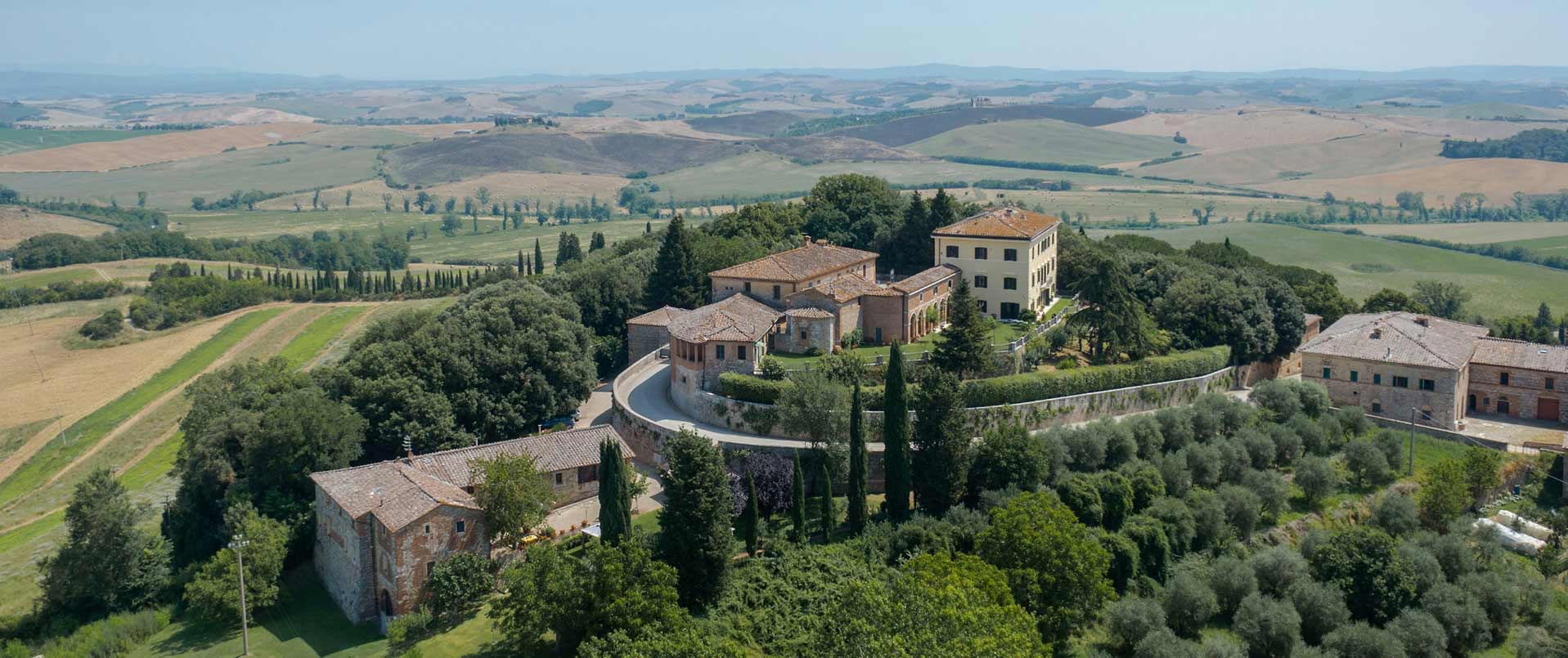
Our journey begins in a timeless place: Villa De Cillis Carafa, a historic residence that once belonged to the noble Carafa d’Andria De Cillis family. Today, it stands as a treasure chest of memories, atmosphere, and beauty. Guests can experience the enchantment of an authentic Vesuvian villa and the charm of spaces that recall the 18th and 19th centuries, when the culture of the Grand Tour brought artists, writers, and travelers from all over Europe to be captivated by the magic of the Gulf of Naples.
It was precisely in the ancient fiefdom that included Villa De Cillis Carafa that the great poet Giacomo Leopardi found inspiration for his poem La Ginestra, the “Broom of the Volcano.” Around the Villa unfolds a land rich in art and history, partially buried under the lava of the volcano: from the ancient Roman cities of Pompeii and Herculaneum to the famous Villas of the Golden Mile, all connected by the common thread of the “Sterminator Vesevo”—the fearsome Vesuvius.
Beyond its historical legacy, the villa invites guests to experience conviviality and relaxation a place to discover local traditions first-hand: cooking classes, wine tasting, grape harvest, or the art of cameo making, a symbol of Torre del Greco. Villa De Cillis Carafa is not just the starting point of this journey—it’s the place to experience the deep interweaving of history, nature, art, and flavor.
Mount Vesuvius, an icon of Naples and one of the most studied volcanoes in the world, fascinates visitors with its imposing truncated cone shape, reaching 1,277 meters in height. Rising from within the ancient Mount Somma, the Great Cone was likely formed during the 79 AD eruption that destroyed Pompeii and Herculaneum. Its poligenic nature shaped by lava flows and pyroclastic deposits—has molded the surrounding landscape, creating extraordinarily fertile soil rich in silicon and potassium.
This unique combination of science, history, and nature makes Vesuvius an irresistible destination for those eager to discover the wonders of the Vesuvian area.
Pompeii, one of the most famous archaeological marvels in the world, is a city frozen in time by the eruption of 79 AD. Buried under layers of ash and pumice, it is now a remarkable site where the past lives on intact temples, theaters, frescoed houses, and paved streets. Walking through its ruins means immersing oneself in the everyday life of 2,000 years ago, with art, culture, and traditions that still captivate millions of visitors.
Pompeii is not just a historical monument it’s an emotional journey into the heart of ancient Roman civilization.
The Golden Mile is a stretch of extraordinary historical and scenic value that, in the 18th century, connected Naples with San Giorgio a Cremano, Portici, Herculaneum, and Torre del Greco. It owes its name to the richness of the landscape and the presence of the magnificent Vesuvian Villas, built around the Royal Palace of Portici at the behest of King Charles III of Bourbon, making it a symbol of aristocracy and art of that era.
Villa Campolieto is one of the most elegant and imposing residences on the Golden Mile—a masterpiece of 18th-century Vesuvian architecture. Designed by Luigi Vanvitelli and completed by his son Carlo, the villa was commissioned by Prince Luzio De Sangro as a residence for official functions. Its harmonious circular layout, refined frescoed salons, and the stunning colonnade that opens toward the sea make it a unique example of leisure and 18th-century splendor.
Today, following careful restoration, Villa Campolieto hosts cultural events and exhibitions, offering visitors a journey through the elegance and art of Neapolitan Baroque.
The Archaeological Site of Herculaneum is one of the most extraordinary in the world—a unique window into daily life in ancient Rome. Buried by the 79 AD eruption of Vesuvius, the city has been incredibly well-preserved thanks to the pyroclastic flows that sealed homes, shops, and temples, even preserving organic materials like wood and textiles.
Walking through its streets means discovering frescoed houses, mosaics, baths, and ancient shops, all telling the story of a prosperous and refined port city. Herculaneum is not just an archaeological site it’s an authentic time-travel experience that continues to fascinate scholars and visitors worldwide.
The Royal Palace of Portici, commissioned by Charles of Bourbon in the 18th century as the summer residence of the royal court, is one of the finest examples of Bourbon architecture. Its proximity to Vesuvius and the excavations of Herculaneum increased its appeal, making it a hub of cultural and aristocratic life.
Next to the Palace is the Botanical Garden, established in 1872 to support agrarian studies—a lush garden full of rare and exotic species, still home to a precious natural heritage today. Together, the Royal Palace and Botanical Garden offer an itinerary that blends history, art, and science, in a setting unique to the Vesuvian landscape.
From €180/night (suites)
From €120/night (standard rooms)
From the second night onward, ADSI members receive a special discount on all additional nights.
(Tourist bus excursion with guide)
Morning: Visit to the Pompeii ruins | Breakfast at a typical restaurant
Afternoon: Hike to the Vesuvius crater (Gran Cono)
Evening: Aperitif at Villa De Cillis Carafa | Tasting of Vesuvian wines and local products
Overnight stay at the villa
Day One Cost: From €250.00
(Tourist bus excursion with guide)
Morning: Visit to the Herculaneum ruins | Breakfast at a typical restaurant
Afternoon: Visit to Villa Campolieto | Royal Palace of Portici – Bellavista
Evening: Aperitif at Villa De Cillis Carafa | Tasting of Vesuvian wines and local products
Day Two Cost: From €250.00
Information and bookings: campania@adsi.it